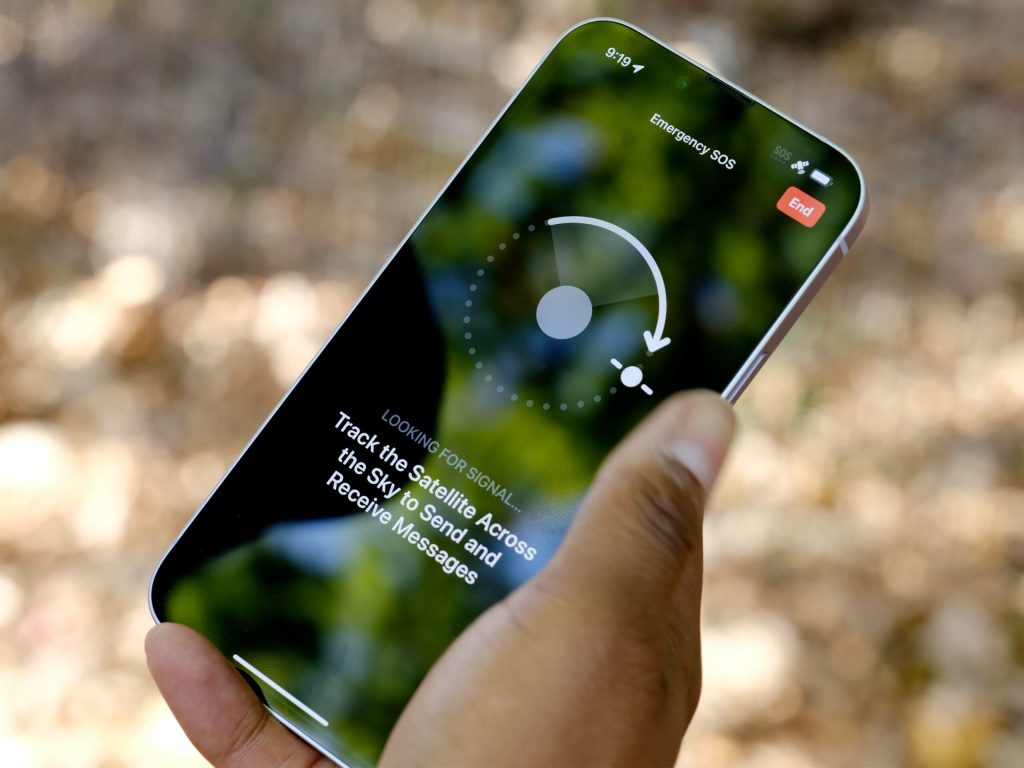Elon Musk’s Satellite Network Enables Global Phone Calls Without Cellular Service

In a groundbreaking leap for global communication, Elon Musk’s SpaceX has successfully integrated its Starlink satellite network with mainstream smartphones. iPhone and Android users can now make calls from virtually anywhere on Earth—even in the most remote regions. The announcement, confirmed by SpaceX and major tech partners this week, marks the culmination of years of testing. It positions Musk’s vision of universal connectivity closer to reality.
How It Works: Connecting Phones to Satellites
The technology bypasses traditional cellular towers by linking smartphones directly to Starlink’s constellation of over 4,000 low-Earth orbit satellites. Imagine a hiker stranded in the Andes or a fisherman in the middle of the Pacific Ocean dialing emergency services with a standard smartphone. This innovation eliminates “dead zones,” offering a lifeline for adventurers, rural communities, and disaster-stricken areas where cellular infrastructure is nonexistent or damaged.
Apple and leading Android manufacturers have already begun rolling out software updates to compatible devices. These include iPhone 14 and newer models, Samsung Galaxy S23 series, and Google Pixel 7 and above. Users need only activate the satellite connectivity feature, point their phone toward the sky, and wait for a connection. The process takes under 30 seconds in optimal conditions.

Affordable and Accessible for Everyone
SpaceX engineers achieved this feat by developing advanced phased-array antennas embedded in smartphones. These antennas adjust radio signals dynamically to track satellites moving at 17,000 mph. Traditional satellite phones, bulky and expensive, required specialized hardware. Starlink’s approach instead uses existing smartphone components, drastically reducing costs. Subscriptions start at $12/month for basic texting and $30/month for unlimited calls. This is a fraction of the $100+ plans offered by legacy satellite providers like Iridium.
Regulatory Challenges and Global Adoption
Regulatory hurdles remain, however. While the U.S. Federal Communications Commission (FCC) and European Union have approved the service, countries like Russia and China restrict satellite access to state-controlled providers. SpaceX CEO Gwynne Shotwell emphasized in a press briefing that the company will “comply with local laws.” She urged governments to prioritize public safety over bureaucratic barriers.
Scaling the Network for Billions of Users
Critics question whether Starlink’s network can handle billions of potential users. Musk addressed these concerns on X (formerly Twitter). He stated that SpaceX will launch an additional 20,000 satellites by 2027 to ensure bandwidth stability. Early beta testers in Canada and Australia reported clear voice quality. However, latency—a 40-millisecond delay—remains noticeable compared to ground-based calls.
Impact on the Telecom Industry
Telecom analysts predict seismic shifts in the industry. “Carriers can no longer monopolize connectivity,” said Linda Yew of Frost & Sullivan. “Musk just turned every smartphone into a satellite phone.” AT&T and Verizon shares dipped 3% following the news. Meanwhile, SpaceX’s valuation surged to $150 billion.

Real-World Applications and Benefits
For everyday users, the implications are profound. Journalists reporting from conflict zones, researchers in Antarctica, and even casual campers can now stream videos, send emails, or call loved ones without relying on shaky Wi-Fi or cellular signals. Disaster response teams, too, stand to benefit. During Hurricane Laura in 2020, rescuers struggled with failed networks. With Starlink, coordination could happen seamlessly.
Environmental and Scientific Concerns
Not everyone celebrates the advance. Astronomers warn that light pollution from satellites already hampers celestial observations. Adding tens of thousands more could exacerbate the problem. Environmentalists also highlight risks of space debris. SpaceX assures that Starlink satellites are designed to deorbit safely after five years.
As the service goes live this month, Musk’s ambition to “keep humanity connected” appears more tangible than ever. For billions living off the grid, the sky is no longer the limit—it’s the gateway.

